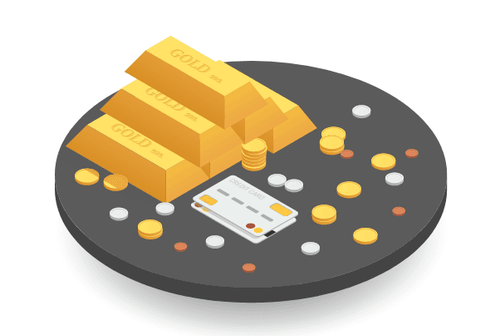Investment In Sovereign-Backed Bonds: Be Prepared For Rate Changes
Having withdrawn the 7.75 per cent Savings (Taxable) Bonds, the government has now announced the launch of Floating Rate Savings Bonds, 2020 (Taxable), which will become available from July 1. However, while the earlier bonds offered a rate of return that remained fixed for the entire tenor of seven years, the interest rate on these bonds (of similar tenor) will reset every six months. The current rate is 7.15 per cent. These bonds are benchmarked to the National Savings Certificate (NSC) and will pay 35 basis points more than the latter.
The appeal of these bonds comes from the fact that they are sovereign backed. “At a time when the investor does not know how long the economic downturn will last and which company or bank could go bust next, he will find it comforting to rely on a government bond that carries zero default risk,” says Raghvendra Nath, managing director, Ladderup Wealth Management.
There is no ceiling on the amount one can invest in these bonds. “In the case of comparable regular income yielding products from the government, like Senior Citizen Savings Scheme (SCSS) and Pradhan Mantri Vaya Vandana Yojana (PMVVY), the amount that can be invested is capped at ~15 lakh per person. These bonds don’t come with that limitation,” says Deepesh Raghaw, founder, PersonalFinancePlan.in, a Sebi-registered investment advisor.

While SCSS and PMVVY are for senior citizens only, anyone can invest in these floating-rate bonds.
However, one drawback is that the investor can’t lock in the rate of interest. “With products like SCSS, PMVVY, and bank fixed deposits (FDs), the rate you get at entry remains unchanged for the entire tenor. It is not so with these bonds,” says Arvind Rao, chartered accountant, Sebi-registered investment adviser and founder of Arvind Rao & Associates. In today’s declining rate scenario, the reset clause will work to the investor’s disadvantage (though they should get compensated in a rising rate phase).
This product offers low liquidity. Only senior citizens can exit them prematurely, and even in their case, there are age-based conditions attached. At three months’ interest, the penalty for premature exit is high. Only investors who will not need the principal for the next seven years, or who have also diversified into more liquid instruments, should invest in these bonds.
All the three products — SCSS, PMVVY and these new floating rate bonds — are taxable. “Senior citizens should first exhaust their limits for SCSS and PMVVY, since they carry a higher interest rate, and then invest in these bonds,” says Rao.
Compare the post-tax return of these bonds with those of FDs (returns on the latter vary considerably depending on the investor’s age, tenor, bank, etc.) before choosing between them.
At present, returns from these bonds look better than the returns being offered by public-sector banks to senior citizens.
Investors may wish to know how these bonds compare with the tax-free bonds available in the secondary market. The post-tax return from these bonds can range from 4.8-7.15 per cent, depending on the tax bracket the investor belongs to. The yield to maturity on tax-free bonds is also below 5 per cent currently. If the post-tax return is close, opt for the tax-free bonds as they allow you to lock in the yield.
Experts say these bonds, which are income yielding, are not directly comparable with Sukanya Samriddhi Yojana (SSY), which is meant for accumulating money for a long-term goal like a daughter’s education or marriage. Public Provident Fund (PPF), too, is a product where the investor accumulates for 15 years (though it can serve as an income product in the extension phase). But one can invest only up to ~1.5 lakh in a financial year in PPF.





